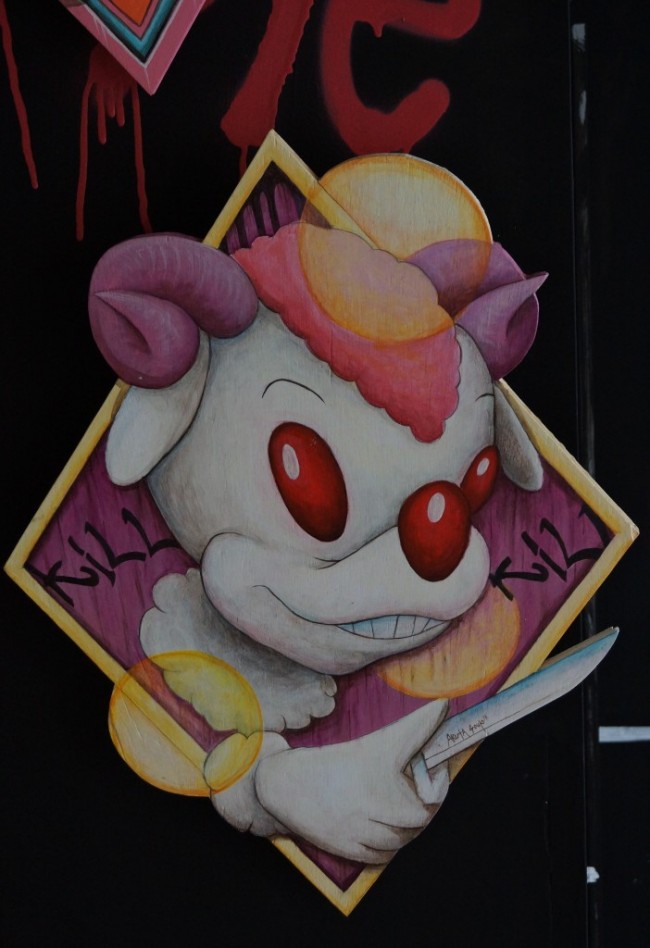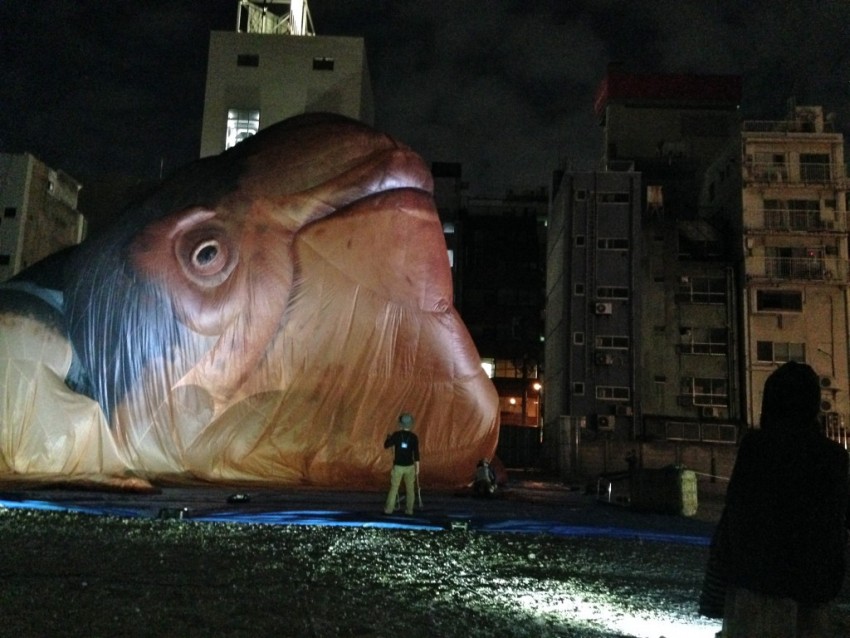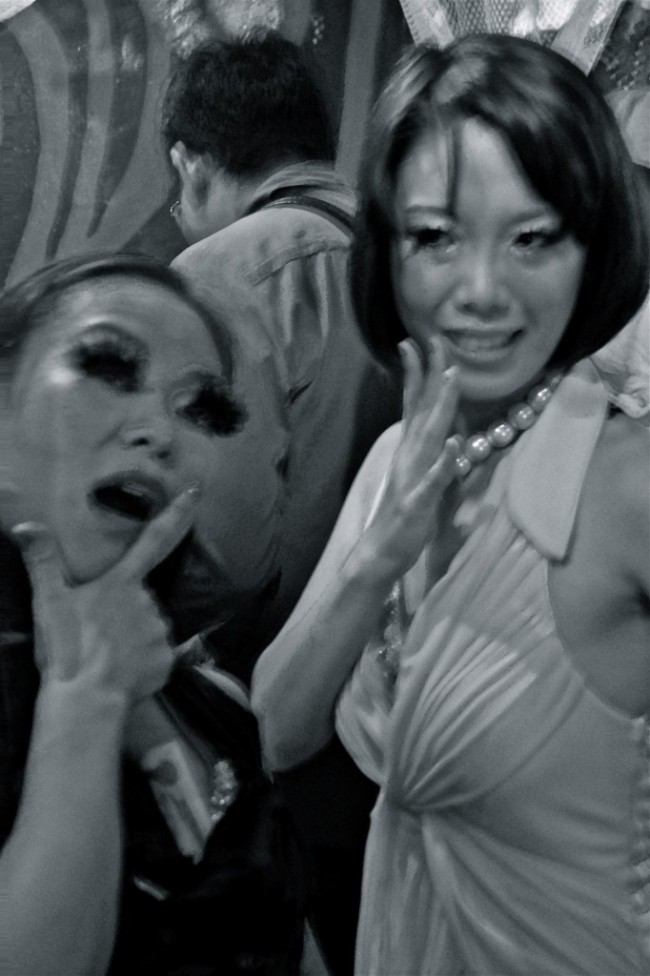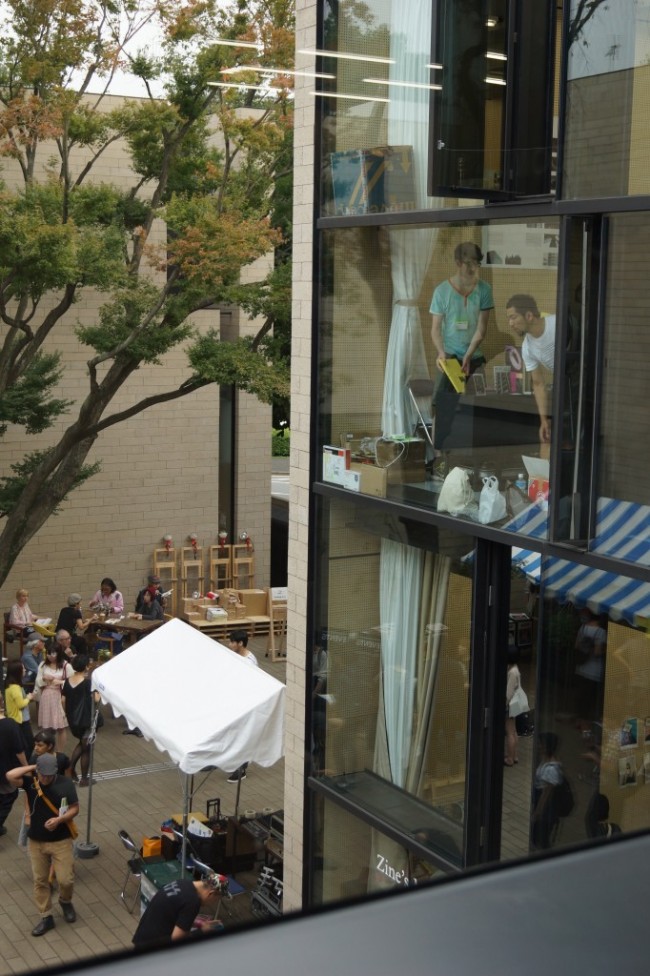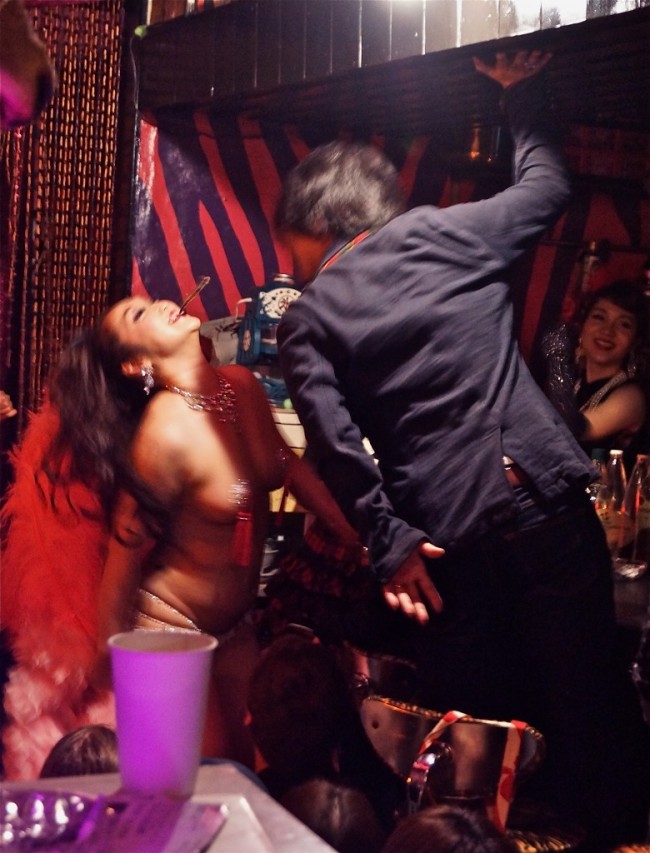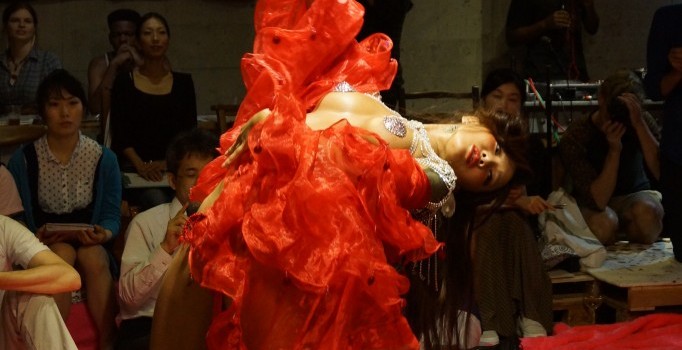Category: Events
Stillborn Skywhale
Play
Odile: Black Swan or Black Cat
Tokyo Art Book Fair
Burlesque Night! 女性上位時代 Vol.6
Art Byte Group at Tokyo Art Fair
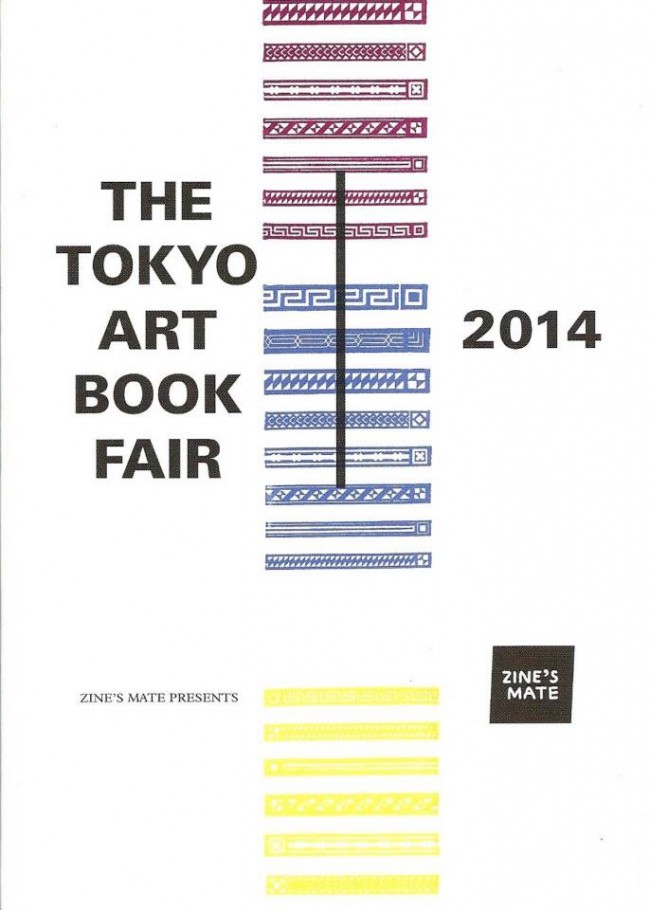
Nine artists from the Tokyo-based Art Byte Critique group showed their mettle at the Tokyo Art Book Fair last week.
From Flamingo Road to the Anti-Art School
Art Aquarium
Yes, that’s right! You were not imagining things. Art aquarium. It looks like a goldfish circus in an event hall complete with bar and pole dancers in Japan. Hidetomo Kimura has been planning and co-ordinating this event every year since 2011. Does that make sense? Still not sure? Check out some of the many photos I took at the Eco Edo Nihonbashi Art Aquarium in Coredo’s Mitsui Hall in Tokyo.
If you look carefully, you can see a traditional crest or emblem for goldfish on top of these tanks near the entrance. That same emblem was also on banners, on walls, and other places.
The room was lit with coloured lights but otherwise dark. Everything and everybody looked different in the unusual lighting. Everybody was taking photos but making sure that their flash was turned off. Flash photography was not allowed. Some people forgot to change their settings at first, but their friends quickly reminded them. Glass, mirrors, black light…
Did I forget to mention that there were pole dancers and a DJ in the evening? There were also several bars selling different kinds of cocktails and beer.
If you wore a yukata, you might get a present or a discount.
This was one of a few events where you were allowed, if not encouraged, to take photos. People, even us, with cameras and smart phones were happily taking pictures everywhere.
Some people, regardless of age, just want to poke the creatures on display.
Goldfish were everywhere, including on kimono.
Goldfish lanterns or chochin were inside the hall and outside the building.
Goldfish were inside the bar!
 Candy sculpture made of sugar was also a goldfish; sake bottles also had goldfish on them (behind the candy fish).
Candy sculpture made of sugar was also a goldfish; sake bottles also had goldfish on them (behind the candy fish).
Sometimes the fish were art as exotic breeds of goldfish or kingyo; sometimes the aquariums were art; sometimes the presentation was the focus.
Images were projected on folding screens that acted as aquariums. Real fish looked like embroidered ones in gold and silver thread.
Doesn’t he look a bumpy, cuddly teddy-bear fish? My friend and I thought he was gross at first but we gradually began liking him. He also seemed aware of his presence, and dare I say it, smiling at us. 
Fish bums are so cute when they wiggle.
This poor guy was upside down all evening. His gills seemed enlarged or at least open much more widely than the other fish. I hope somebody in charge noticed his condition and helped him to live to swim another day.
For 1000 yen, I definitely got my money’s worth of art, tourism, and photo ops. It is on until September 23. Roppongi and Nogoya supposedly have similar art aquariums.
Fragile Memories
Because I remembered Arthur Huang’s Memory Walks from Art Byte’s show at Hagiso, I popped by the opening and took a few pictures. The photos were gorgeous, and I still love the concept that he had for the drawings on the eggs. (I do not know how he stores them so they do not get smashed. They are incredibly fragile, right?) I will let Huang explain in his own words what he was doing.
“Tokyo Memory Walks” are drawings on eggshells which represent a walk that I have taken this year – such as going from home to the convenience store, the train station to a museum, or a bus stop to work. These drawings are made one day or more after each walk.
For each drawing, I start at the top of the eggshell and trace the route that I took from memory. In the course of drawing, I also use symbols to indicate markers that I encounter along the walk, such as stairs, elevators, or doors. One string of eggshells represents one day of walks. The eggs are arranged from morning to evening starting from top to bottom.
“Kojimachi Interstices” is a series of 57 composite digital images created while documenting the alleyways between buildings around Kojimachi Collection, Kojimachi Station, and the surrounding Kojimachi area. Alleyways are often overlooked as we go about our daily lives. Each composite image is made up of layers of photographs for all the alleyways in a block. The layers of photographs are digitally manipulated by altering the transparency of each layer to transform these overlooked spaces into something new. For this exhibition, fourteen of the “Kojimachi Interstices” are installed as large format inkjet prints representing different parts of the Kojimachi area. The entire series can be viewed in the “Kojimachi Interstices” portfolio or upon request.
The venue was obviously not the right kind of space to show off the photos but it was part of the neighbourhood that he recorded in these pieces. Community support is good, right?
My snapshot has added a few more layers of images to his photos. The layers are intricate and surprisingly delicate for layers and layers of photos of urban dwellings. He supposedly had a hard time deciding between the matte and the glossy paper, but the glossy was the right decision. It is interesting how people now try to replicate what the see on their computer screens. That might have been one of the original reasons for his choice but I think it helped the photos pop off the walls in that crowded and busy space.
 Friends and other local artists, including Lori Ono, Koubou Deeanna, and Ruriko Clarkson, were there to offer support.
Friends and other local artists, including Lori Ono, Koubou Deeanna, and Ruriko Clarkson, were there to offer support.
And Huang was there to chat and answer any questions. If you want to try drawing your own walks around Tokyo by memory, he is giving a workshop this weekend on August 23 and 24.
